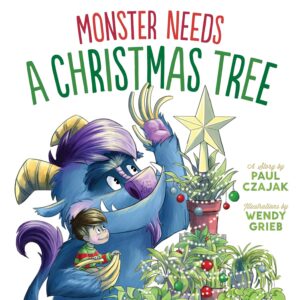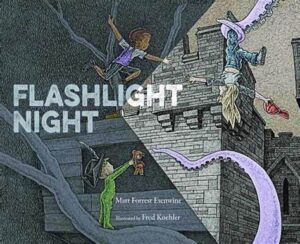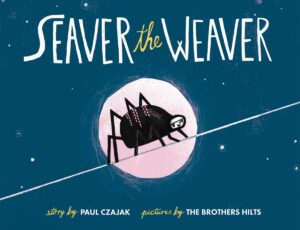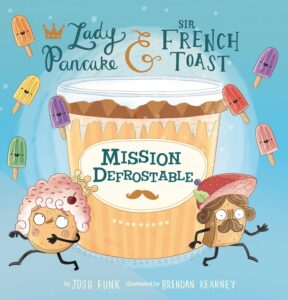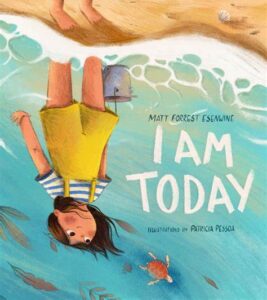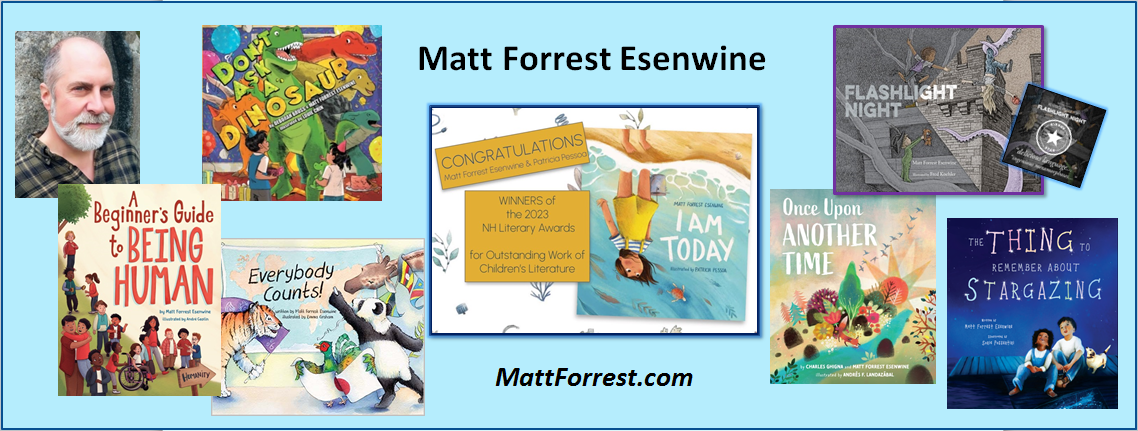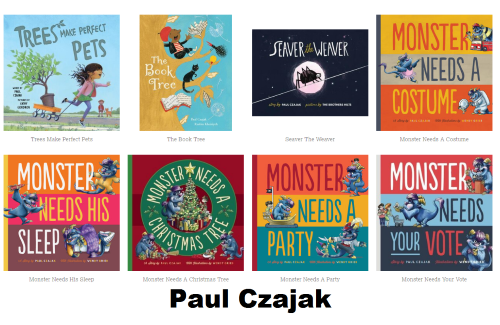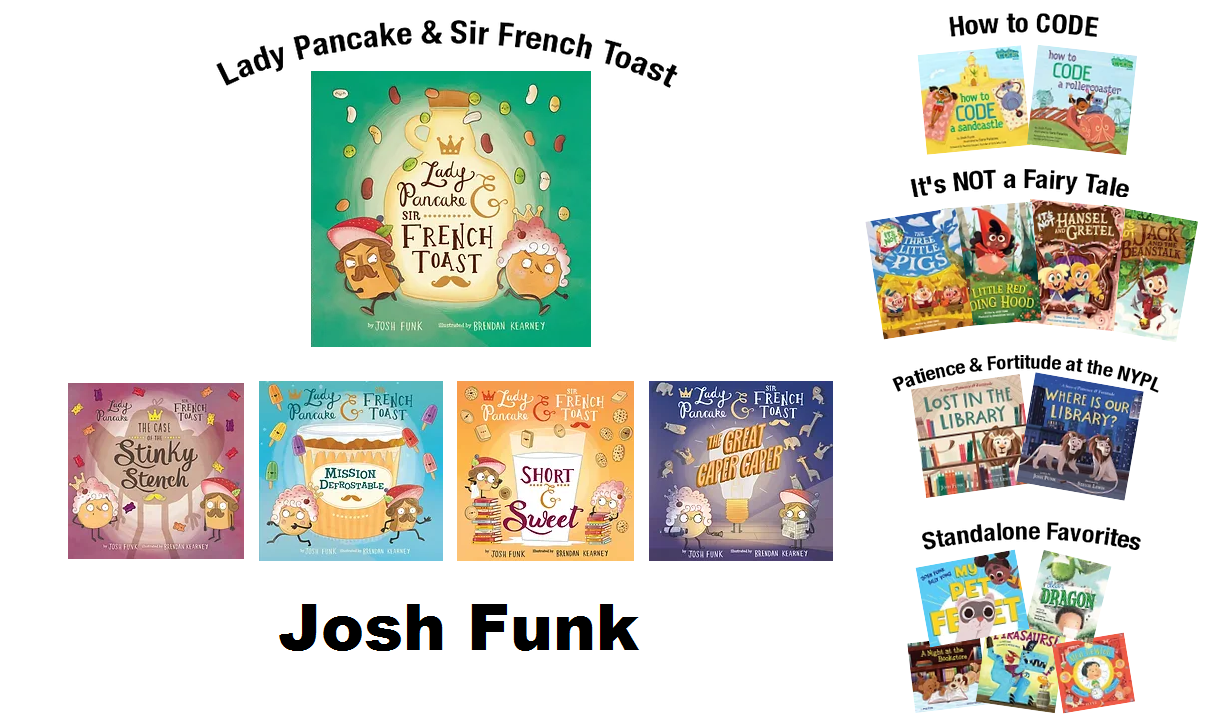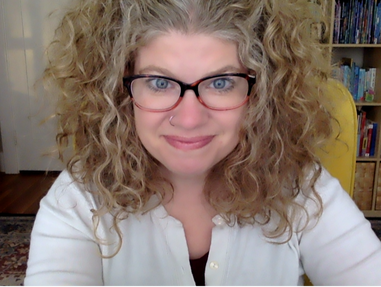 Meet Marcie Colleen, a curly-haired kidlit powerhouse whose stories burst with joy, humor, and heart. Though she shares her name with the “Sir”-obsessed character from Peanuts, she’s more of a Frieda, always reminding everyone of her naturally curly hair.
Meet Marcie Colleen, a curly-haired kidlit powerhouse whose stories burst with joy, humor, and heart. Though she shares her name with the “Sir”-obsessed character from Peanuts, she’s more of a Frieda, always reminding everyone of her naturally curly hair.
Before becoming a full-time children’s author, Marcie worked as a teacher, actress, and nanny. Now, she’s the mind behind beloved books like Penguinaut!, Bear’s Garden, and Love, Triangle. When not writing, she’s either reading, playing guitar or ukulele, running, watching baseball, or eating ice cream—sometimes all at once (she’s working on it).
A Brooklynite at heart, Marcie now lives in San Diego with her husband, LEGO artist Jonathan Lopes, and their stuffed animal crew. She also teaches at The Writing Barn, Storyteller Academy, and UCSD Extension, while staying involved with 12x12 and the Children’s Media Association. Always up for a challenge—especially if ice cream is involved—Marcie’s all about creativity, community, and fun.
Let’s get to the interview and learn a bit more!
RVC: Before becoming a children’s author, you were a classroom teacher. How did your teaching background shape your approach to writing for kids?
MC: I was a high school English and Drama teacher in a pretty challenging school and I was always looking for creative ways to introduce topics (both social/emotional and historical) to my students. That’s when I rediscovered the power of picture books. They were bite-size morsels that packed a punch and helped my struggling students connect with the learning material. Soon I was pairing picture books with every unit of study and falling in love with the format.
RVC: What inspired you to make the leap from teaching into writing, and why did you choose children’s books as your focus?
MC: It wasn’t that direct of a leap. After leaving the full-time classroom, I got my master’s degree from NYU, moved to New York City, and had another whole career in the theatre. Eventually, I became the Director of Education at TADA! Youth Theater creating theatre for kids by kids. I believe it was during this time that I really started to connect with kids’ media and entertainment, which further led to my pursuing a career as a children’s author.
RVC: I didn’t know about that organization–cool! Now, when you first started writing, what was the most challenging part of transitioning to the world of children’s literature?
MC: Well, when I decided I wanted to pursue being a children’s author, I still needed to pay the rent while living in an expensive city. So, I took on many odd jobs around New York to make ends meet. I froze my tush off working long hours at an outdoor holiday market. I became a secret shopper, writing reviews about many Duane Reade locations. Lastly, I become a full-time nanny. All of this meant that my writing had to happen in the crevices of my days—breaks, nap times, and on the weekends. Sometimes my goal of being a published author felt so far away, but I kept at it.
 RVC: Let’s talk about some of your books. Penguinaut!, features a small penguin with big dreams. How did you develop the concept for Orville’s adventure, and what was your journey from idea to publication like?
RVC: Let’s talk about some of your books. Penguinaut!, features a small penguin with big dreams. How did you develop the concept for Orville’s adventure, and what was your journey from idea to publication like?
MC: Back in December of 2011 a friend of mine posted the following on Facebook:

RVC: Wow, love this!
MC: Now, as a writer, I can’t control where my ideas come from. And after reading this, I became so curious about penguins and their lack of necks which would prevent them from looking at the stars. I asked, “what if?” (that is what writers do, we are constantly asking “what if?”). What if a penguin saw the moon for the first time and became so enthralled that he wanted to find a way to get there?
As with all stories, this one went through lots of revisions (39 to be exact!) and lots of re-imaginings. Along the way, I have lost the “falling over and discovering the moon” bit, but the adventurous spirit of Orville lives on in the published book.
RVC: What was the best lesson this book taught you?
MC: Just like Orville, I needed to believe in myself and never give up on my dream.
 RVC: Anyone who’s met you knows you’re funny, both in real life and in your writing. Plus, we all can see it in books Super Happy Party Bears and Love, Triangle. How do you craft humor that resonates with both children and adults?
RVC: Anyone who’s met you knows you’re funny, both in real life and in your writing. Plus, we all can see it in books Super Happy Party Bears and Love, Triangle. How do you craft humor that resonates with both children and adults?
MC: I spend a lot of time watching children’s television and I did even before I started writing for kids. I especially loved how shows like Sesame Street could layer humor into their show that would appeal to adults, as well. I loved that smart brand of humor and studied whatever movies and TV had that kind of humor to infuse my own work with.
When I started to write the Super Happy Party Bears, I watched a lot of Adventure Time episodes to get a handle on the wacky, random humor that my editor wanted in the series. But I urge everyone to write for the child inside of you. I have learned that my inner child is probably an eight-year-old who loves a good potty joke now and then. Therefore, I write for myself. If something makes me laugh out loud while writing it, I know that kids will probably laugh, too.
RVC: And let’s be clear, I’ll be laughing as well. But when it comes to writing humor, what are some mentor texts/writers?
MC: Oh, there are so many hilarious writers out there! I don’t want to leave anyone out, but definitely Tammi Sauer, Doreen Cronin, Ame Dyckman, Tara Lazar, Julie Falatko, Heather Fox, and Dev Petty—just to name a few.
RVC: I suppose it says something about me and my tastes when you look at how many on your list have been interviewed here at OPB.
And, of course, YOU!
MC: So cool! I should also point out that everyone I mentioned was a funny WOMAN! Often funny women don’t get the spotlight that the men do. Thank you, Ryan, for all the support through your blog to highlight these exceptional talents.
RVC: You bet! Happy to help the humor and woman cause. Now, even though Super Happy Party Bears isn’t a picture book series, tell a bit more about that—especially how the series came to be. It’s got SUCH a great name!
MC: After two picture book sales—Love, Triangle (HarperCollins) and Penguinaut! (Scholastic)—I was approached by Erin Stein, publisher of Imprint at Macmillan Children’s. She had an idea for a chapter book series and wondered if I would be interested in writing it. So, I can’t take credit for the awesome name. That’s all Erin and her team.
RVC: Lucky you! And it’s such a cool title/idea.
MC: To be honest, I almost said no. Although I had a desire to one day write chapter books, I hadn’t the foggiest clue as to how. After all, I had spent the past five years studying the craft of picture books. The longer form of the chapter book seemed daunting. However, Eleanor Roosevelt once said, “You must do the things you think you cannot do.” So, I said yes.
RVC: How did writing for slightly older children compare to your experience with picture books?
MC: The biggest challenge was that with chapter books there was more “real estate” to describe and paint a picture with words. I had spent so much time as a picture book writer focused on low word count, the economy of language, and learning to leave room for the illustrator. Many of my early Super Happy Party Bears drafts included notes from my editor such as “can you please describe this more?”
RVC: Every picture book author reading this is smiling because they get what you’re saying. Let’s move on to talk about bigger themes in your work. Many of your books, including The Bear’s Garden and Survivor Tree, focus on themes of community and resilience. What draws you to these themes, and how do they reflect your personal experiences?
 MC: That’s true. So much of my writing centers around aspects of community. I believe that is a direct influence of being a New Yorker. To me, New York City is people, and I miss it dearly now that I live in Southern California. There’s something magical about the layers and layers of lives being shared on the city’s sidewalks and subway cars. It gives me a feeling of us all being “in it” together. I always find comfort in that.
MC: That’s true. So much of my writing centers around aspects of community. I believe that is a direct influence of being a New Yorker. To me, New York City is people, and I miss it dearly now that I live in Southern California. There’s something magical about the layers and layers of lives being shared on the city’s sidewalks and subway cars. It gives me a feeling of us all being “in it” together. I always find comfort in that.
RVC: Survivor Tree was your first nonfiction picture book, dealing with a deeply emotional and historical event. How did you approach balancing the facts of the story with the emotional weight of 9⁄11?
MC: Although Survivor Tree is a 9⁄11 story—and I do hope it prompts questions and reflection about that day—details of who, what, when, or why weren’t my focus. I kept the heart of the text as close to the tree as possible. In doing this, I could tell a historical story with much more universality. Survivor Tree is for anyone who has ever been a part of something big and scary that left them battered, scarred, and scared to move on, but they did anyway.
RVC: One of the challenges of writing nonfiction picture books is having more material than you can fit into the final book. What interesting/amazing thing didn’t get included?
MC: I love this question! What I learned in my research is that there are several trees that have emerged as survivors of disastrous events throughout history. Like the 9⁄11 Survivor Tree, these trees stood brave and resilient among the ruins and became symbols of hope. An American Elm is a survivor of the Oklahoma City bombing. When the 2011 tsunami ripped through Japan, a lone, pine tree stood strong as a whole forest was washed away. There are also several celebrated trees that defied odds on land that was supposed to be barren of life for 75 years following the bombing in Hiroshima.
RVC: I’m a fan of hope stories like those for sure.
MC: Because of the hope these trees bring communities, many have been propagated, including the chestnut tree which stood outside Anne Frank’s window. That chestnut is no longer alive, but its seedlings have gone on to give hope to other communities around the world that have endured tragedy, including New York City. One of the descendants of Anne Frank’s chestnut tree bravely stands near the former site of the World Trade Center.
The 9⁄11 Survivor Tree seedling program launched on September 11, 2013, in partnership with Bartlett Tree Experts in Stamford, Connecticut and horticulture students at John Browne High School in Flushing, Queens. Each year, the 9⁄11 Memorial gives seedlings from the Survivor Tree to communities in need of a symbol of hope and resilience. In 2020 seedlings were gifted to the Bahamas, which was devastated by Hurricane Dorian; Christchurch, New Zealand—the site of a mass shooting; and five hospitals throughout New York City’s five boroughs in honor of the healthcare workers responding to the COVID-19 pandemic.
RVC: Wow, that’s a great answer. Thanks for all of that. Now, here’s a question I’ve never been able to ask in an OPB interview before, so YAY that the time has come, even though it’s a fairly hard shift from the last question/answer. You’re an expert on creating teacher’s guides. How did that happen, and how do you approach integrating curriculum with creativity?
MC: When I worked in the theater and on Broadway, one of my jobs was to create curriculum guides to help teachers implement plays and musicals into their classroom units of study. I loved doing this, so when I started to get involved in the kidlit community, I decided to tap into a need and try my hand at creating Teacher’s Guides for children’s books as a little side hustle. It became a lucrative business for me and I still create them for authors, illustrators, and publisher clients.
RVC: Let’s pull back a bit and talk about larger writer issues. Many authors struggle with the idea of success. After publishing multiple books, how has your definition of success evolved?
MC: Well, the target keeps moving, as they say. When I first started out I believed success was getting my first book published. And once I reached that goal I wanted to publish more and continue to stretch myself by writing in different formats such as chapter books and comics. Now, I am a full-time author. I haven’t won any major awards or been a NYT bestseller. But I do feel pretty darn successful.
RVC: I think you’re wildly successful, which is one of the many reasons I asked you to do this interview with me.
MC: Aw shucks! Now I’m blushing!
RVC: What role do conferences and organizations such as SCBWI play in your life as a writer? Do you feel they were crucial to your career development?
MC: Absolutely! They helped me build community. And whether the going is rough or fluff, community is important to help navigate the publishing waters.
RVC: Writing can often be a solitary process. How do you maintain your creative energy and stay connected to the kidlit community?
MC: Just like I have set hours for writing during the week, I also have set hours for connecting with fellow writers through weekly or monthly meetings, both in-person and on Zoom. It’s important to me to stay connected, not just through my books and my classes, but as a supportive friend and colleague.
RVC: You’ve taught many writing workshops and courses. What’s the one piece of advice you consistently give to aspiring authors?
MC: I know it has been said a bazillion times but focus on craft. Take classes, join a critique group, seek out mentors, attend conferences. If you keep the focus on constantly improving your writing, exactly that will happen. And better writing increases the chances of any publication dreams you might have. Everyday think, “What can I do today to move the needle on my writing dreams?” and then do that!
RVC: Last question for this part of the interview—what current projects are you working on that readers should be excited about?
MC: My agent just wrapped up negotiations on a graphic novel series that I think is the funniest thing I have ever written. The first books won’t be out until 2027 so until then shhhhhhhhh!
RVC: No problem, Marcie–it’s just us writers, editors, agents, librarians, publicists, parents, grandparents, siblings, and other picture book fans here. We won’t say a word! Now, it’s time to buckle down and REALLY get serious because…it’s the LIGHTING ROUND. The point values are shocktastically high and we’re putting a clock on this. Six questions and six answers in sixty seconds. Are you ready to zip and zap your way to success?
MC: Absolutely! Let’s go!
RVC: Penguins. Great animal or the greatest animal?
MC: Great animal. There are so many great animals, I would hate to rate them.
RVC: Which of your picture book characters do you think you’d be best friends with?
MC: Orville. I love his spunk and drive.
RVC: Let’s be honest—what’s the REAL answer?
MC: Ok, ok. Maybe I’d be fighting for best friendship with Triangle, too! I mean, he’s super cool! Move over Circle and Square!
RVC: Best tune to jam on your ukelele?
MC: “Watermelon Sugar” by Harry Styles.
RVC: This one’s for husband Jonathan. Favorite LEGO piece?
MC: Grand Central Terminal.

RVC: What’s the last picture book that actually made you LOL?
 MC: Mr. S: A First Day of School Book by Monica Arnaldo.
MC: Mr. S: A First Day of School Book by Monica Arnaldo.
RVC: Which writer sets the standard for picture book rhyme?
MC: Corey Rosen Schwartz and Kirsti Call.
RVC: If you could give one piece of advice to your younger aspiring-writer self, what would it be?
MC: Don’t stop believing and reaching for those dreams. As Julia Cameron says in The Artist’s Way, “all too often, it is audacity and not talent that moves an artist to center stage.”
RVC: Thanks so much, Marcie!


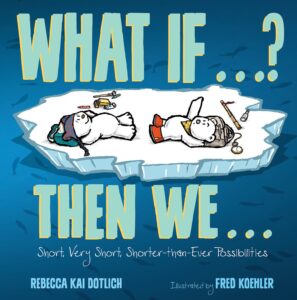
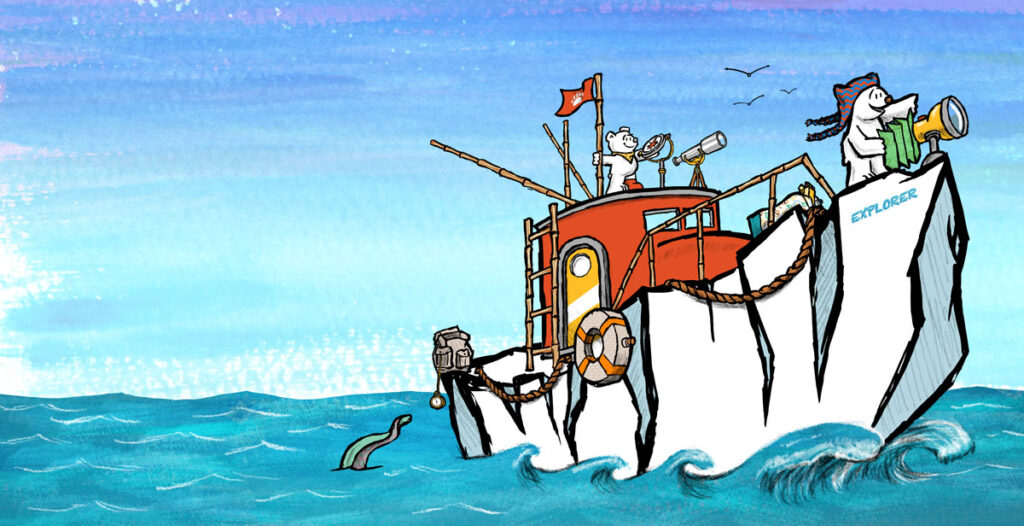
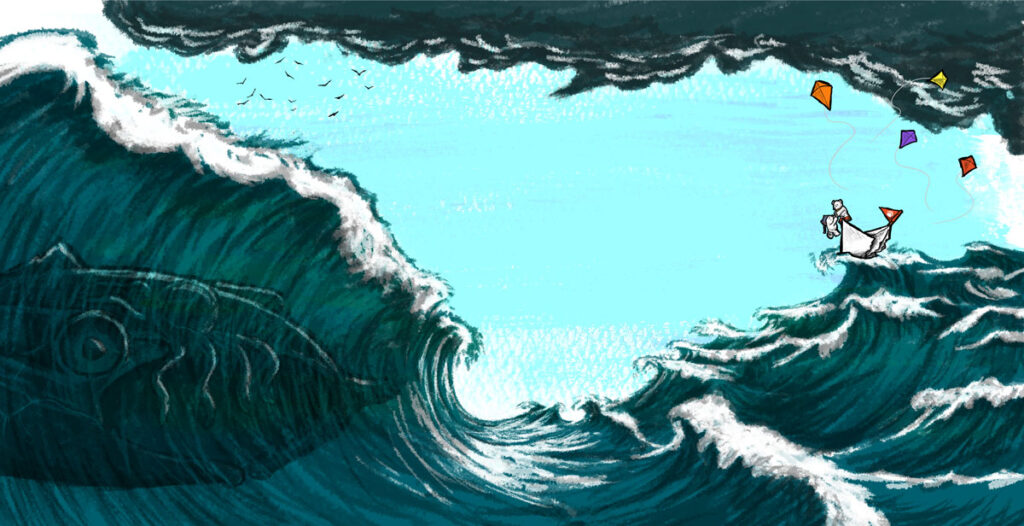
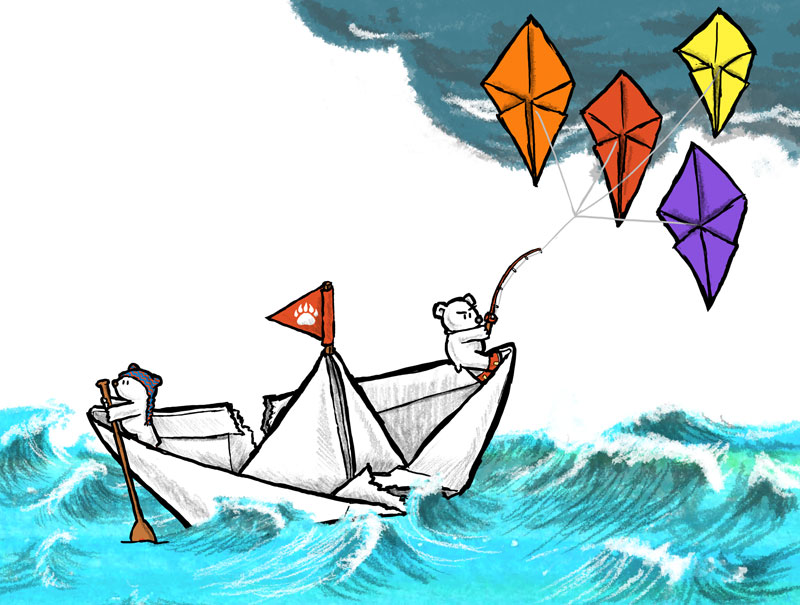







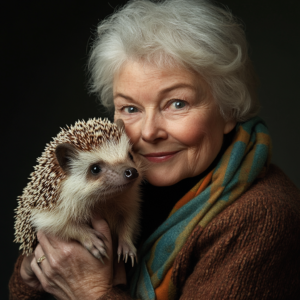
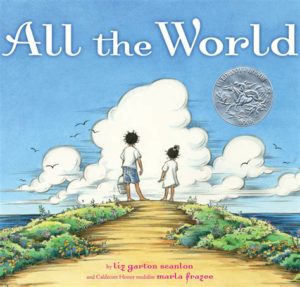
 This month’s interview is with Katie Mazeika, an award-winning author and illustrator “who can’t imagine a better job than making books.” She’s especially passion about highlighting disabled voices in her work and her work as a creator and advocate creates a space to openly discuss disability and neurodiversity.
This month’s interview is with Katie Mazeika, an award-winning author and illustrator “who can’t imagine a better job than making books.” She’s especially passion about highlighting disabled voices in her work and her work as a creator and advocate creates a space to openly discuss disability and neurodiversity.




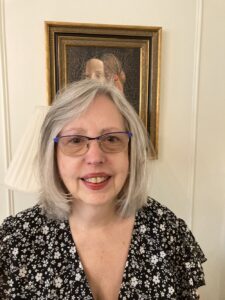 This month’s Author Interview is with
This month’s Author Interview is with 

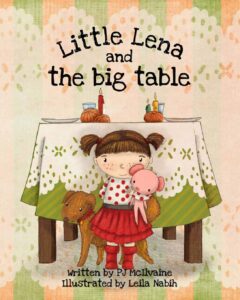
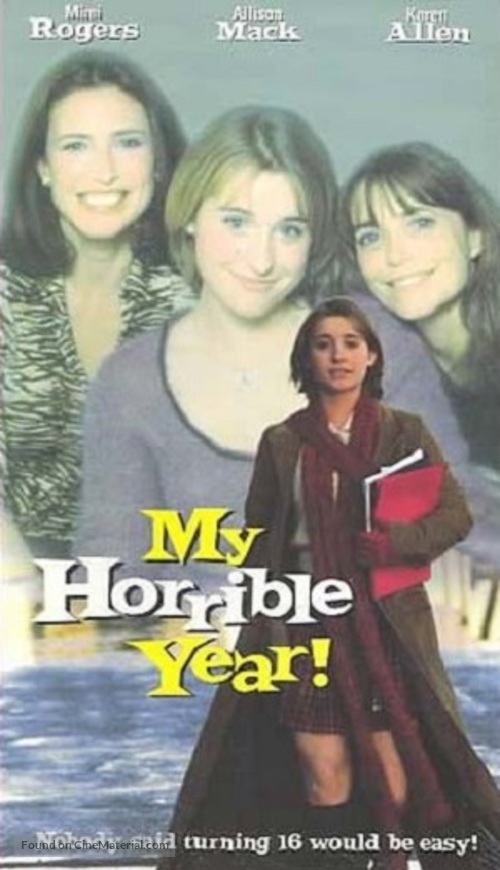
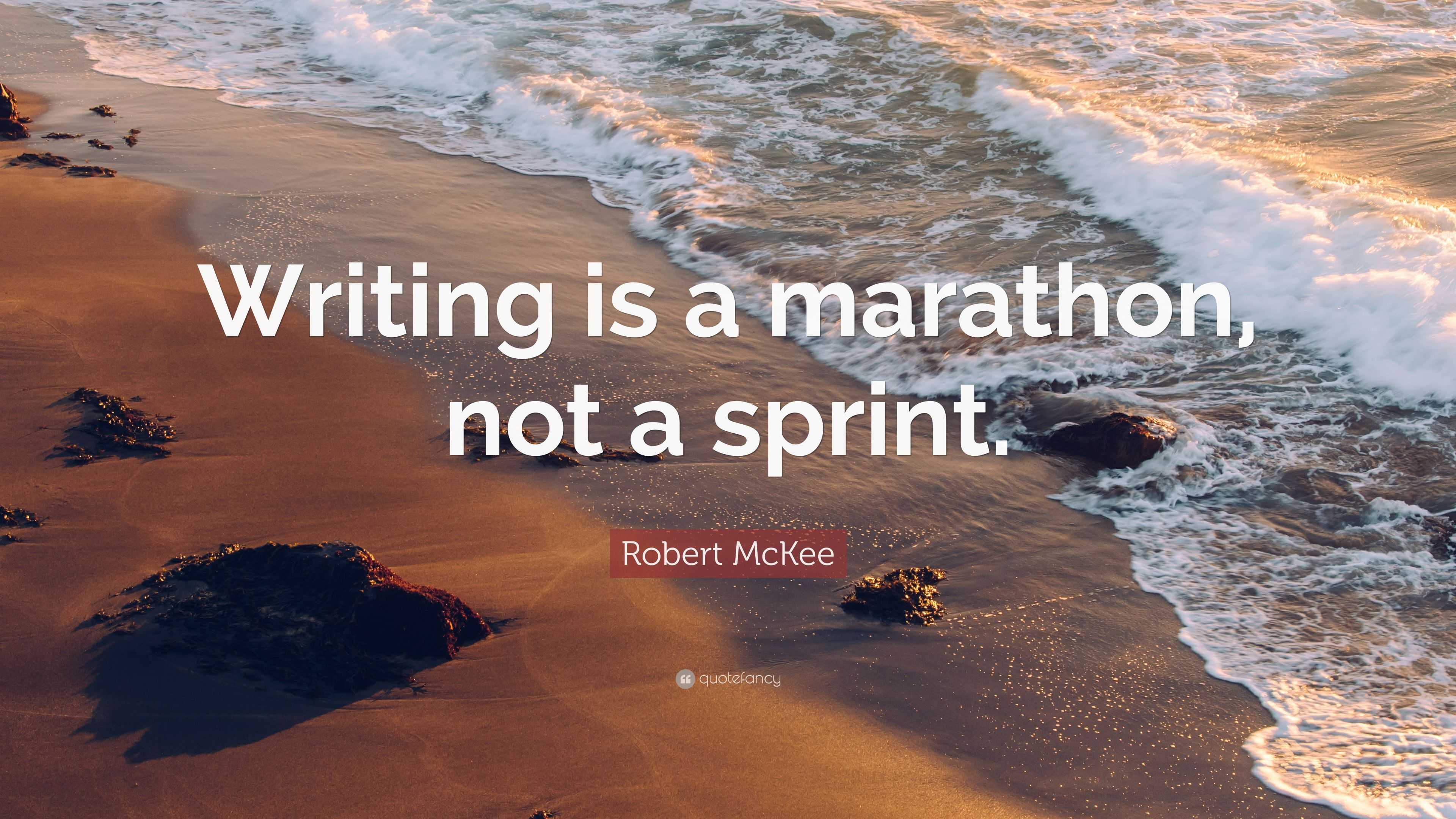

 Paul, on getting into the industry: “You get this idea, you have no idea what to do with it…but I did hook up with a critique group…and they were the ones who hooked me up with
Paul, on getting into the industry: “You get this idea, you have no idea what to do with it…but I did hook up with a critique group…and they were the ones who hooked me up with 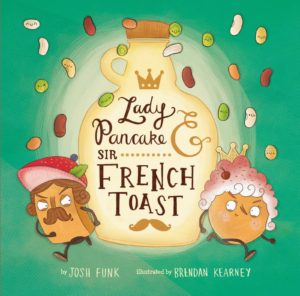
 Josh, on landing his long-time agent: “I was fortunate that I had a bunch of things all come together at once. It was after that
Josh, on landing his long-time agent: “I was fortunate that I had a bunch of things all come together at once. It was after that 